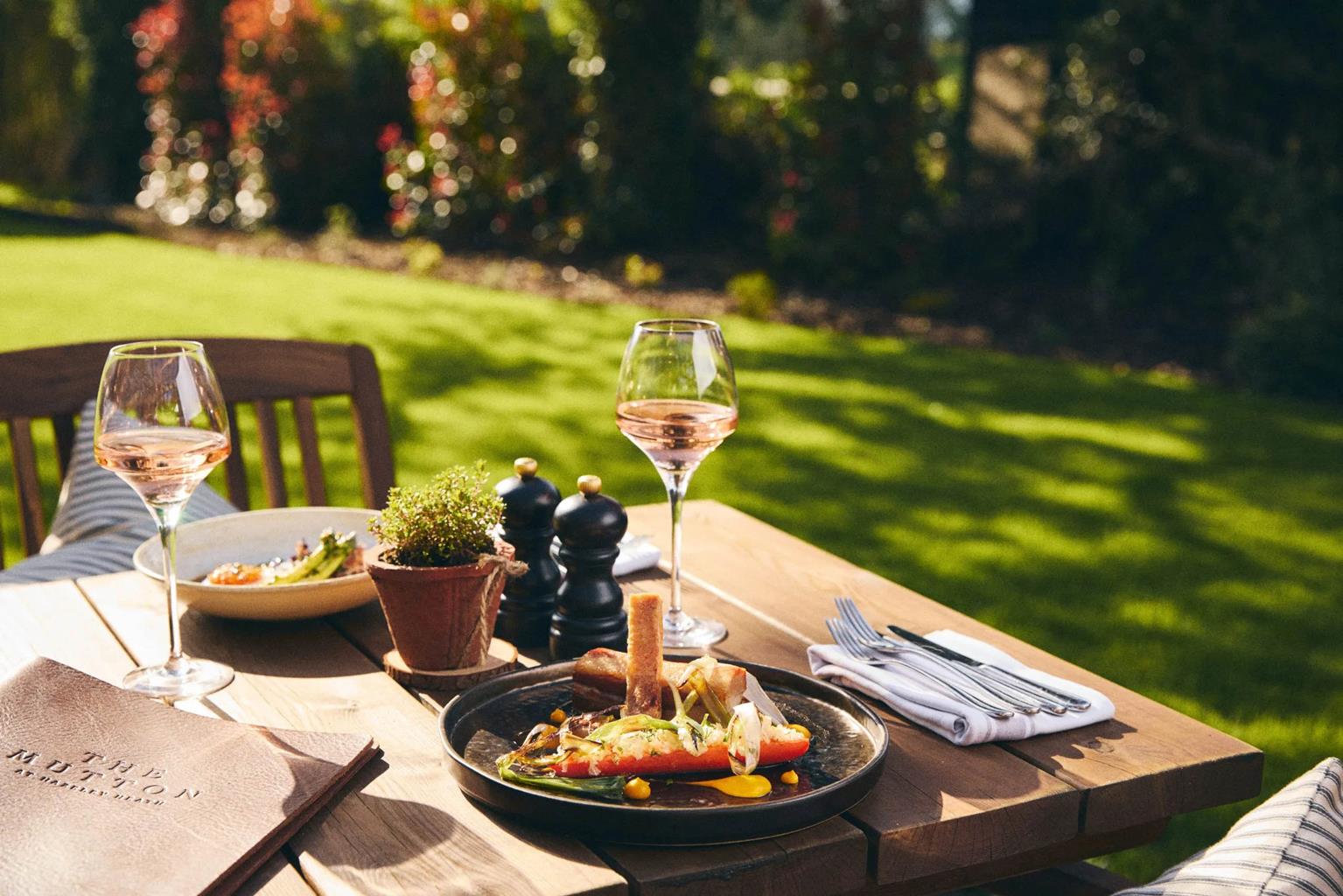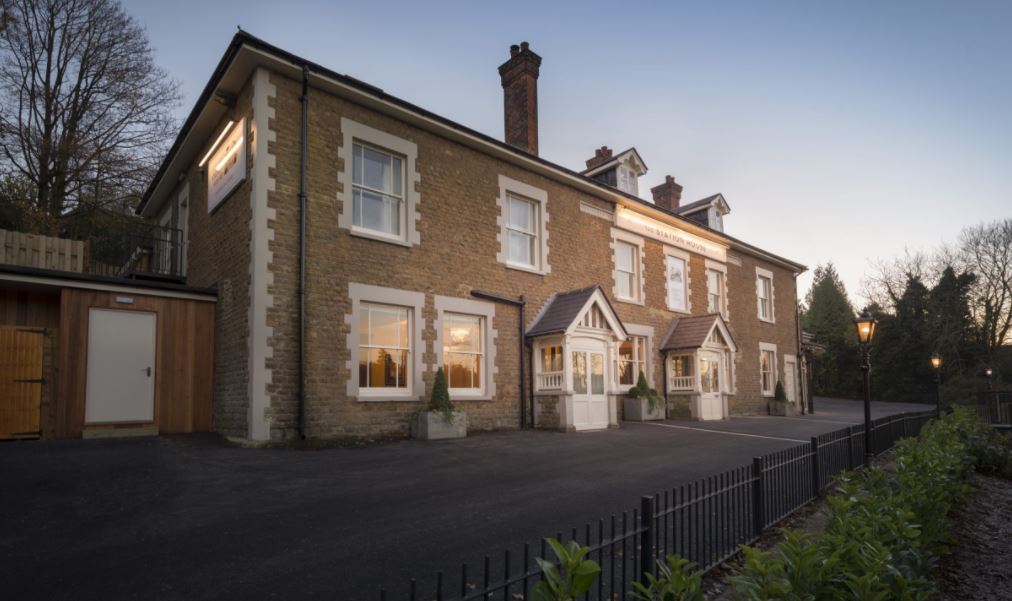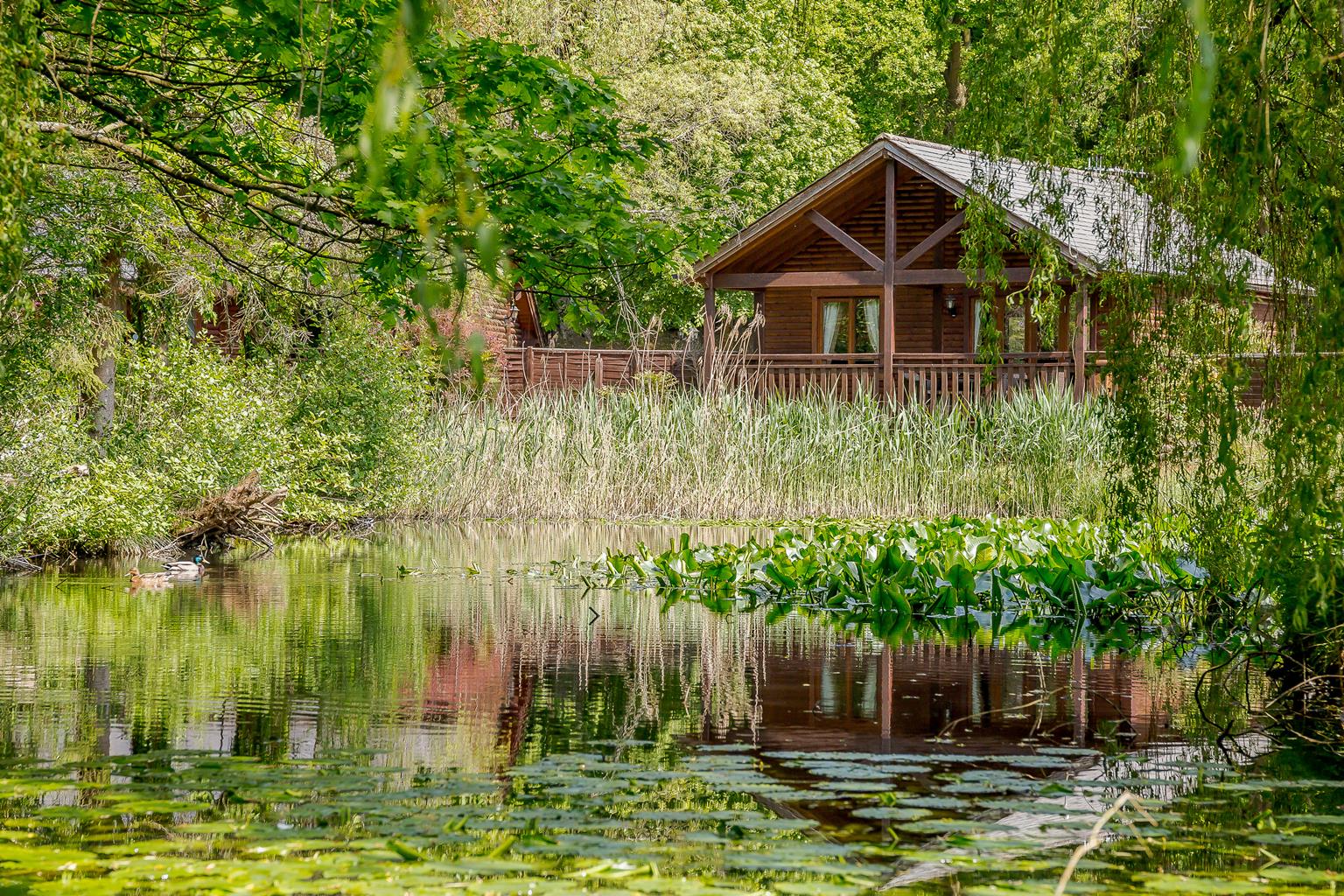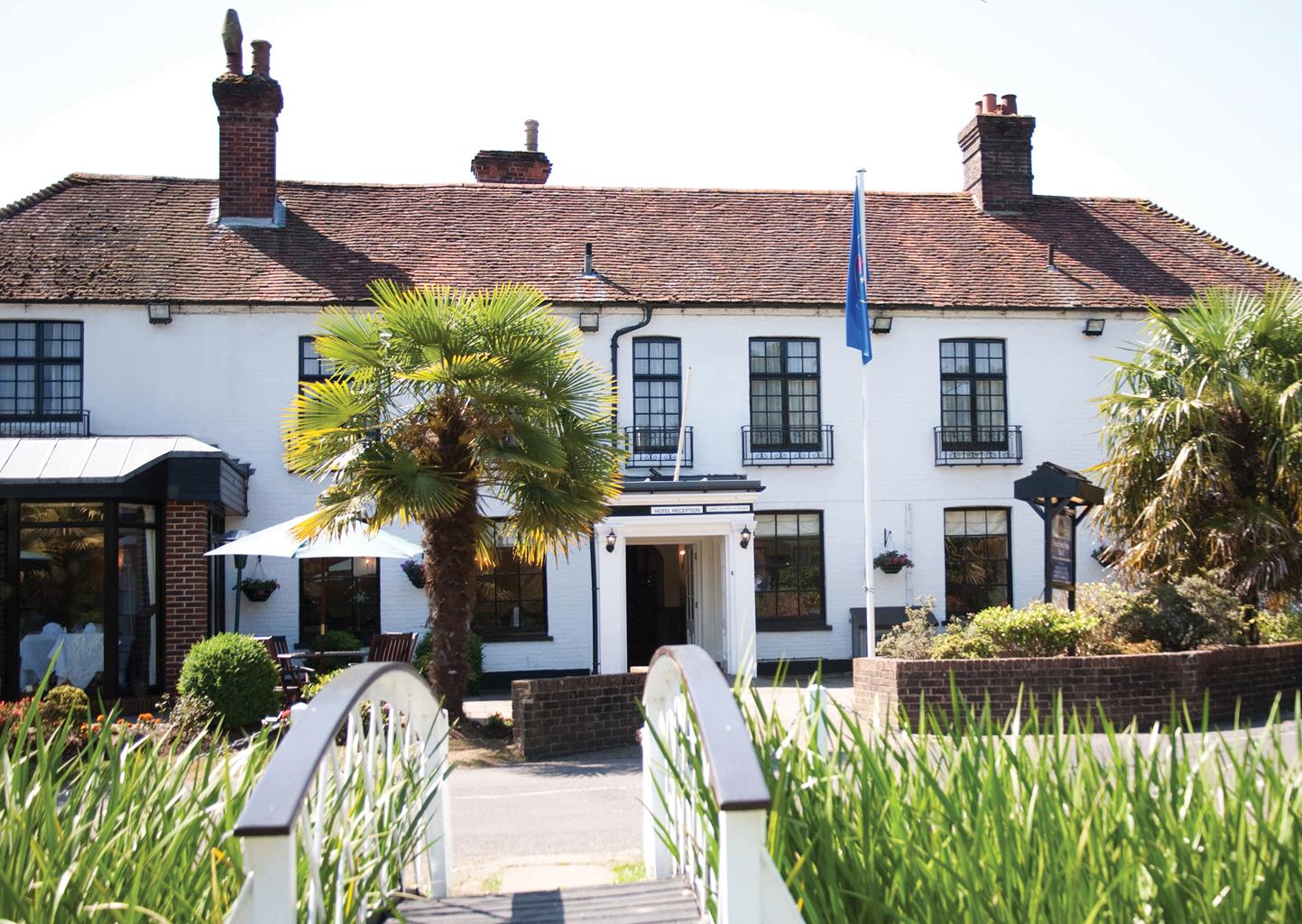Retreat to the woods when you stay in one of the log cabin style lodges at Tilford Woods. All…
Taking a wander around Farnham

4 miles (6.4kms)
About the walk
Farnham is a civilised little town with something to suit all tastes: boutique shops, plenty of culture in the shape of galleries and workshops, a plethora of places to eat and drink, and some gorgeous pockets of green space to relax in when you’ve tired of the busy streets. Farnham’s most notable single feature is its grand old castle, which has presided over the town for around 900 years.
Henry of Blois founded Farnham Castle in 1138, and it remained the official residence of the Bishops of Winchester until the Diocese of Guildford was created in 1927. Henry’s successors strengthened the original castle by degrees, and added the Bishop’s Palace at the foot of the 12th-century keep. One of its most famous residents was Cardinal Henry Beaufort, who presided at the trial of Joan of Arc in 1414. St Joan of Arc’s Church in Farnham is dedicated to the French heroine. After the Civil War in 1648, more buildings were constructed in the castle’s grounds, the most impressive being those built by Bishop George Morley, who spent more than £8,000 repairing the castle in the 17th century. You’ll see glimpses of the castle from the park, and there are fantastic views of the town from the keep. The architecture reflects changing styles through the ages, which marks out Farnham Castle as one of the most important historical buildings in southern England. With the help of a Heritage Lottery Fund award, the Keep and Bishop’s Palace have been completely renovated. Under the guardianship of English Heritage, the Keep re-opened to the public in July 2010. Join a guided tour and enjoy the superb exhibition detailing the 900 years of history of the castle; entrance is free.
The walk begins in Farnham Park, which was enclosed around 1376 as one of the two deer parks belonging to the Bishops of Winchester. Parliamentary troops were billeted here during the Civil War, and the Women’s Land Army grew food crops in the park during World War II. Nowadays, you’ll find playing fields, playgrounds and a public golf course, but most of the park is informal countryside, rich with wildlife and ripe for roaming.
Walk directions
Bear right out of the very end of the car park, then bear left up the long avenue of trees to reach a tarmac path at the end of the avenue. Turn left onto this path, cross the brook, and continue under power lines to the information board near an entrance to the park. Continue on the same path, running behind houses, to the next park entrance.
Turn left onto another tarmac path that runs diagonally across the park, cross a bridge over a stream back under the power lines and past the Ranger’s House. You’ll cross the outward path within sight of the car park, before this path leads you out of the park along an alley, emerging on Park Row. Turn right here, then left into Castle Street. On your left you’ll pass a row of brick almshouses, built in 1619 for the ‘habitation and relief of eight poor honest old impotent persons’.
Continue to the bottom of Castle Street, where a flower market trades on the site where the old timber-framed market house stood from 1566 to 1866. Cross the road here (alternatively, continue left to the corner and cross with the lights), then turn left into The Borough and continue past Borelli’s Yard.
At the corner, turn right into South Street, and continue ahead to cross Victoria Road, Union Road and then The Bridge Weyside in quick succession. Finally, cross the river, then turn right into Gostrey Meadow. The path leads across a wooden footbridge over the river before bearing left through the gardens. Cross the road and continue along the riverside, with Farnham Maltings across the water on your left. Bear right through the car park towards the New Ashgate Gallery, then turn left into Lower Church Lane. Continue left into St Andrew’s churchyard, and follow the cobbled path past the west door and up the narrow lane with its signpost pointing towards the Museum of Farnham.
Emerge on West Street, opposite the post office. Cross at the lights, turn right and continue for 100yds (91m), then turn left through the arch into the Lion and Lamb Yard. At the top, you reach Waitrose; turn left under the colonnade, then bear right through Lower Hart car park to the exit. Turn left for a few steps, cross the road and turn left up Scholars Way, a paved path which leads between Farnham Baptist Church and the University for the Creative Arts. Continue past the Porters’ Lodge, up the steps and out of the college campus.
Keep straight on up some rustic steps and straight across a field. In the next field, take the right-hand path along the edge of the field to a waymark post. Bear right down a narrow path that leads between fences and out onto Old Park Lane. Turn right, cross Castle Hill and walk up steps before turning left along the railed roadside footpath. Pass Farnham Cricket Club and turn right at the signposted entrance to Farnham Park and the car park.
Additional information
Paved streets and country park trails, can be muddy
Attractive market town in informal parkland setting
Good in Farnham Park, poor in busy town centre
OS Explorer 145 Guildford & Farnham
Farnham Park car park off A287 (Folly Hill)
Farnham Park and the Hart, near Lower Hart car park
WALKING IN SAFETY
Read our tips to look after yourself and the environment when following this walk.
Find out more
Also in the area
About the area
Discover Surrey
Surrey may be better known for its suburbia than its scenery, but the image is unjust. Over a quarter of the county’s landscapes are official Areas of Outstanding Natural Beauty, and along the downs and the greensand ridge you can gaze to distant horizons with hardly a building in sight. This is one of England’s most wooded counties, and has more village greens than any other shire. You’ll find sandy tracks and cottage gardens, folded hillsides and welcoming village inns. There’s variety, too, as the fields and meadows of the east give way to the wooded downs and valleys west of the River Mole.
Of course there are also large built-up areas, mainly within and around the M25; but even here you can still find appealing visits and days out. On the fringe of Greater London you can picnic in Chaldon’s hay meadows, explore the wide open downs at Epsom, or drift idly beside the broad reaches of the stately River Thames. Deep in the Surrey countryside you’ll discover the Romans at Farley Heath, and mingle with the monks at England’s first Cistercian monastery. You’ll see buildings by great architects like Edwin Lutyens and Sir George Gilbert Scott, and meet authors too, from John Donne to Agatha Christie.
Nearby stays
Restaurants and Pubs
Nearby experiences
Recommended things to do
Why choose Rated Trips?
Your trusted guide to rated places across the UK
The best coverage
Discover more than 15,000 professionally rated places to stay, eat and visit from across the UK and Ireland.
Quality assured
Choose a place to stay safe in the knowledge that it has been expertly assessed by trained assessors.
Plan your next trip
Search by location or the type of place you're visiting to find your next ideal holiday experience.
Travel inspiration
Read our articles, city guides and recommended things to do for inspiration. We're here to help you explore the UK.














